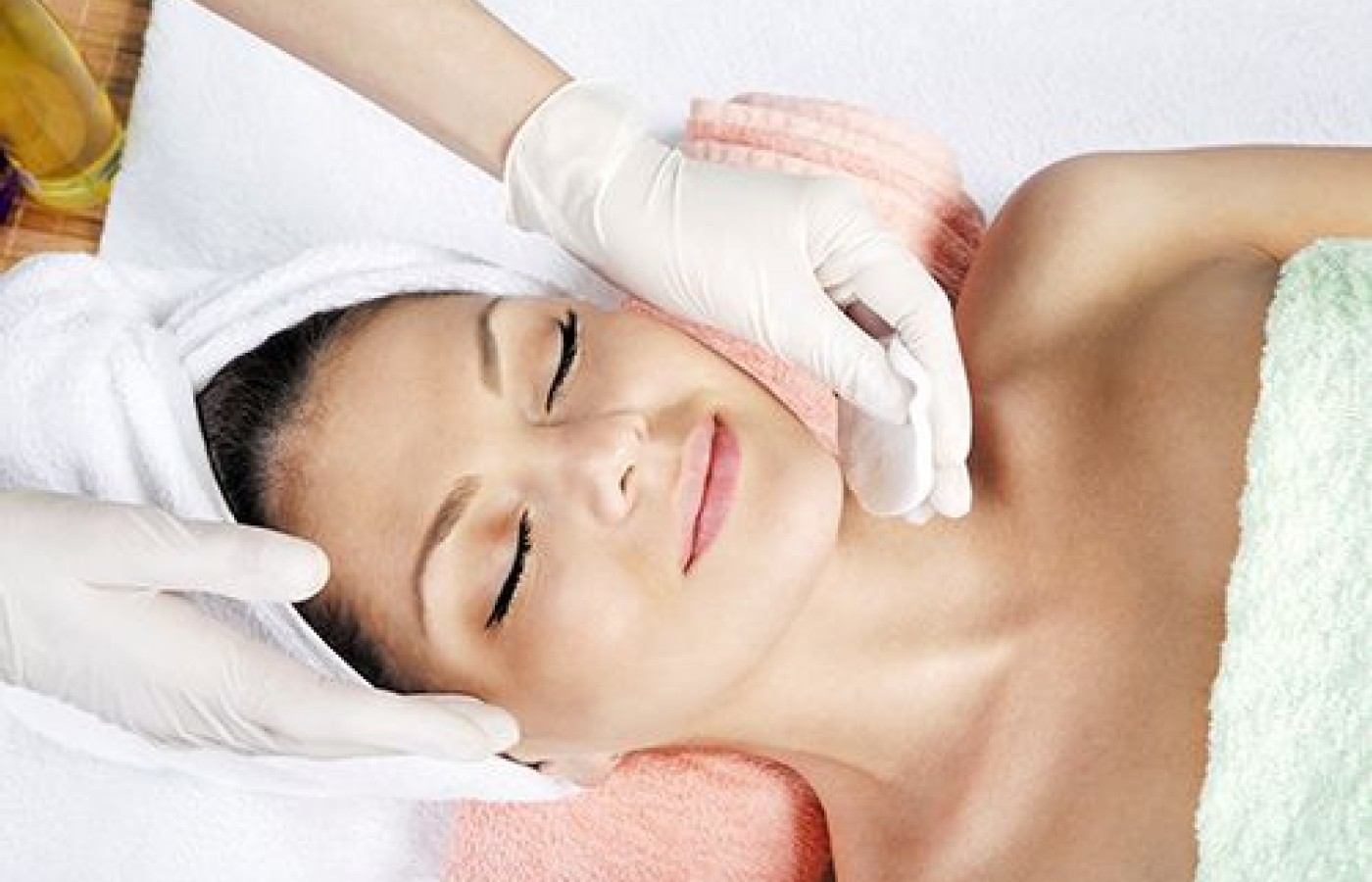Whether you accept it, avoid it or live somewhere in between, insurance coverage has become a defining issue for our profession. Patients increasingly expect to use their benefits, practitioners want to be compensated fairly for their time and expertise, and the system itself remains – at best – fragmented. The encouraging news is that coverage has expanded in meaningful ways. The challenging news is that reimbursement, across the board, remains inadequate.
Micro-Needle Dermal Roller Use in the Treatment Room
Recently micro-needle dermal rollers have been getting a lot of media attention. As a practitioner who specializes in acupuncture facial rejuvenation, I know that skin needling with a dermal roller (also known as collagen induction therapy), promotes the natural reproduction of collagen and elastin, making the skin feel smoother and tighter. Micro-needle dermal rollers have additional applications in the treatment room. They can be used to infuse homeopathic remedies into the skin, and they can be used in place of a channel barrel roller to stimulate meridians. For certain applications, a dermal roller can even replace a seven-star plum blossom.
Typically, my facial acupuncture patients come to see me once a week until they have achieved desired results and then spread their treatments out to once a month for maintenance. At home use of a dermal roller between treatments enables them to accelerate their results and to also work on areas, not limited to the face. The micro-needle device I work with has 540, 1.0mm or .5mm needles on the roller instead of the 172 needles found on most commercially available devices. Specially designed body rollers with 1080 1.0mm or 1.5mm needles can also be used to increase skin thickness and reduce the signs of cellulite, stretch marks and acne scars on the legs, back, abdomen and arms.
The way skin needling works to rejuvenate the skin is by stimulating the body's wound healing mechanisms. As the micro-needles penetrate the skin causing micro-wounds, it triggers an intense inflammatory reaction that begins a cascade of subsequent reactions. Once an area is treated, thousands of micro-wounds are created in the treatment area. Many cell types including new fibroblasts rush to close the wound by migrating to the point of intrusion. Fibroblasts are the cells that synthesize collagen protein, which integrate with existing collagen in the upper dermis. As each wound induces new collagen formation, it forms a new, healthy collagen layer in the treatment area. This reaction is called collagenesis. The wound healing process also stimulates rapid growth of endothelial cells (the thin layer of cells which line capillaries and blood vessels). In turn, this creates new capillaries for better blood supply to the skin itself. This reaction is called angiogenesis. Collagen increases gradually, which adds thickness and firmness to the skin, reduces stretch marks and fills in atrophic (depressed) scars, such as acne scars, and stretch marks. Once the collagen has formed, the body can then produce more elastin, lending to better elasticity which can mean less sagging in places where even plastic surgery is not typically performed such as saggy elbows, hands or knees. 1,2,3,4,5,6,7,8,11

When using a dermal roller permanent damage to the skin is unlikely because the needles are very thin in diameter (.25mm, Japanese 5 gauge), much like an acupuncture needle. The integrity of the epidermis remains intact even though the skin reacts as if it had been "injured." The micro-channels created by the micro-needles fully close within just a few hours after initial application.14 No tissue lesion can be detected, infections are rare, and there is nothing to repair. There is very little pain involved and there is no downtime as the dermal roller leaves the epidermal barrier fully intact.11,13
Clinical studies have shown that micro-needle dermal rolling can be just as effective as ablative treatments such as laser resurfacing, dermabrasion and chemical peels or non-ablative treatments such as IPL™, Fraxel™, or CO2 laser in stimulating elastin and collagen production.7 In one study, biopsies taken from 10 different patients demonstrated an average increase in collagen and elastin fibers of 206 percent.5,6,7,9 Another advantage to micro-needle rollers are the increased absorption rate of topically applied products such as homeopathics or serums. The micro-channels, which are created, aid in infusing therapeutic serums for better penetrating the skin and increasing overall efficacy. South Korea, Europe, and U.S. clinically-conducted studies have shown that the roller can increase serum absorption by as much as 1,000 times.13 This is especially beneficial when it comes to hair loss products. Skin-needling with a dermal roller can also remove sebum and DHT, which can interfere with the healthy growth cycle of hair.10,14
Lastly, a micro-needle roller can be used to stimulate channels very effectively. I have personally used them on my patients who suffer from Bells Palsy, stroke, or pain along a meridian. Additionally I have used them in place of needling certain heat conditions such as shingles, or when use of a seven-star plum blossom would be too painful. As health professionals we are able to offer these devices to our patients and the public, for home use. When choosing a dermal roller there are a few things that you need to look for:
- Number of needles. The more needles that a roller has, the more micro-channels will be created. Additionally, fewer needles spaced further apart will cause more pain due to the proximity of pain receptors on the skin. Most commercially available micro-needle rollers only contain 170 needles. The rollers I use have 540 pre-sterilized titanium FDA-approved needles, which creates more channels on the face, and finer lines can be addressed, such as lines around lips and crows feet.
- Shape of the needle. Needles typically come in two shapes: Diamond or wire shaped. A wire shaped needle has two problems: It can penetrate too deeply into the skin in areas where the skin may be thinner (ex. around eyes/lips) and the wire shaped needles tend to bend or fall out of the roller disk more easily than the diamond shaped. Wire shaped needles are merely "stuck" into the plastic roller, whereas the diamond shaped are integrated into the roller itself.
- FDA-approval and pre-sterilization. Very few rollers available in the U.S. have undergone FDA approval process, and of course pre-sterilization is very important.
References
- Fernandes, D., 2005. Minimally invasive percutaneous collagen induction. The Shirnel Clinic and Department of Plastic Reconstructive Surgery, University of Cape TownOral and maxillofacial surgery clinics of North America. 03/2005; 17(1):51-63. DOI: 10.1016/j.coms.2004.09.004 www.ncbi.nlm.nih.gov/pubmed/18971740
- Aust, Matthias C. M.D.; Fernandes, Des M.D.; Kolokythas, Perikles M.D.; Kaplan, Hilton M. M.D.; Vogt, Peter M. M.D.,2008. Percutaneous Collagen Induction Therapy: An Alternative Treatment for Scars, Wrinkles, and Skin Laxity. Plastic & Reconstructive Surgery - Volume 121 - Issue 4 - pp 1421-1429 doi: 10.1097/01.prs.0000304612.72899.02
- Camirand, A. & Doucet, J .,1997. Needle Dermabrasion. Aesth. Plast. Surg. 21: 48-51.
- J Cutan., 2009 Microneedling therapy in atrophic Facial Scars: An Objective Assessment. Aesthet Surg.;2(1), 26-30.
- Kim SE, Lee JH, Kwon HB, Ahn BJ, Lee AY., 2011. Greater collagen deposition with the microneedle therapy system than with intense pulsed light; Department of Dermatology, Graduate School of Medicine Medical Science Research Center, Dongguk University, Seoul, Gyeonggi-do, South Korea Reborn Dermatology Clinic, Seoul, South Korea.Dermatol Surg. Mar;37(3):336-41. doi: 10.1111/j.1524-4725.2011.01882.x. Epub 2011 Feb 22.
- Drs HS Moon, SE Kim. DS Ko, AY Lee., (2006), Collagen Induction Therapy Comparison (IPL vs Micro-Needling); Dep. of Dermatology, Eulji University School of Medicine and Dongguk University, S. Korea.
- Aust MC, Vogt PM, Knobloch K., 2010. Percutaneous collagen induction therapy as a therapeutic option for striae distensae. Plast Reconstr Surg.;126(4):219e-220e
- Aust, Matthias M.D.; Knobloch, Karsten M.D., Ph.D.; Gohritz, Andreas M.D.; Vogt, Peter M. M.D., Ph.D.; Fernandes, Desmond M.D., 2010. Percutaneous Collagen Induction Therapy for Hand Rejuvenation. Plastic & Reconstructive Surgery; Volume 126 - Issue 4 - pp 203e-204e
- Des Fernandes MD.,2002. Percutaneous collagen induction: An alternative to laser resurfacing.Aesthetic surgery journal / the American Society for Aesthetic Plastic surgery; 22(3):307-9. DOI: 10.1067/maj.2002.126195
- J Drug Target You SK, Noh YW, Park HH, Han M, Lee SS, Shin SC, Cho CW., 2010. Effect of applying modes of the polymer microneedle-roller on the permeation of L-ascorbic acid in rats. College of Pharmacy and Institute of Drug Research and Development, Chungnam National University, Daejeon; Jan;18(1):15-20.
- Kalluri H, Kolli CS, Banga AK. , 2011 Characterization of microchannels created by metal microneedles: formation and closure; Sep;13(3):473-81. Epub 2011 Jul 6.
- Joseph F. Greco, PhD, PA/C. Micro Needling and Injecting Platelet Rich Plasma to Enhance Collagen Synthesis and skin tightening; www.scribd.com/doc/82626501/Platelet-Rich-Plasma-protocol-1
- Aust MC, Reimers K, Repenning C, Stahl F, Jahn S, Guggenheim M, Schwaiger N, Gohritz A, Vogt PM., 2008. Percutaneous collagen induction: minimally invasive skin rejuvenation without risk of hyperpigmentation-fact or fiction?; Plast Reconstr Surg. 2008 Nov;122(5):1553-63.
- Rachia Dhurat, MS Sukesh, Ganesh Avhad, Ameet Dandale, Anjali Pal, and Poonam Pund., 2013. A Randomized Evaluator Blinded Study of Effect of Microneedling in Androgenetic Alopecia: A Pilot Study. International Journal of Trichology. 2013 Jan-Mar; 5(1): 6–11.



